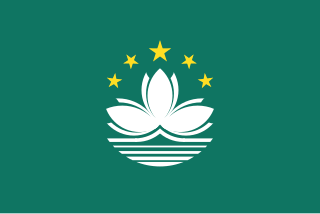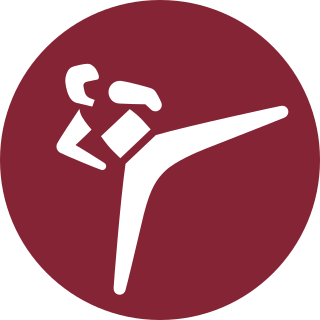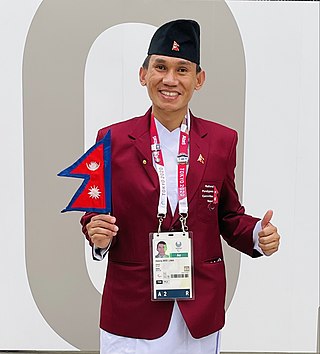This article has multiple issues. Please help improve it or discuss these issues on the talk page . (Learn how and when to remove these template messages)
|
 World Para Taekwondo Logo | |
| Highest governing body | World Taekwondo (WT) |
|---|---|
| First World Para Taekwondo Championship | 2009 |
| Characteristics | |
| Contact | WT Lausanne Office |
| Presence | |
| Country or region | Worldwide |
| Paralympic | 2020 Tokyo Paralympic |
Para taekwondo is an adaptation of taekwondo for disabled sportspeople. The sport's main governing body is World Taekwondo (WT). New disciplines such as kyorugi and poomsae, both martial arts forms, have been developed for para-athletes. [1] On January 31, 2017, Para Taekwondo was confirmed as a sport for the 2020 Tokyo Paralympic Games at the International Paralympic Committee (IPC) General Assembly [2] the same year the WT became a full member of the IPC.
Contents
- History
- Origins
- Application process for the Paralympic Games
- Governance
- Competition disciplines
- Para Taekwondo Kyorugi
- Competition system
- Duration
- Valid points
- Weight division
- Para Taekwondo Poomsae
- Competition system 2
- Duration 2
- Scoring criteria
- Divisions
- Para Taekwondo athlete evaluation
- Sport classes
- Major championships or tournaments
- World Championship
- Membership
- World ranking
- See also
- References

















